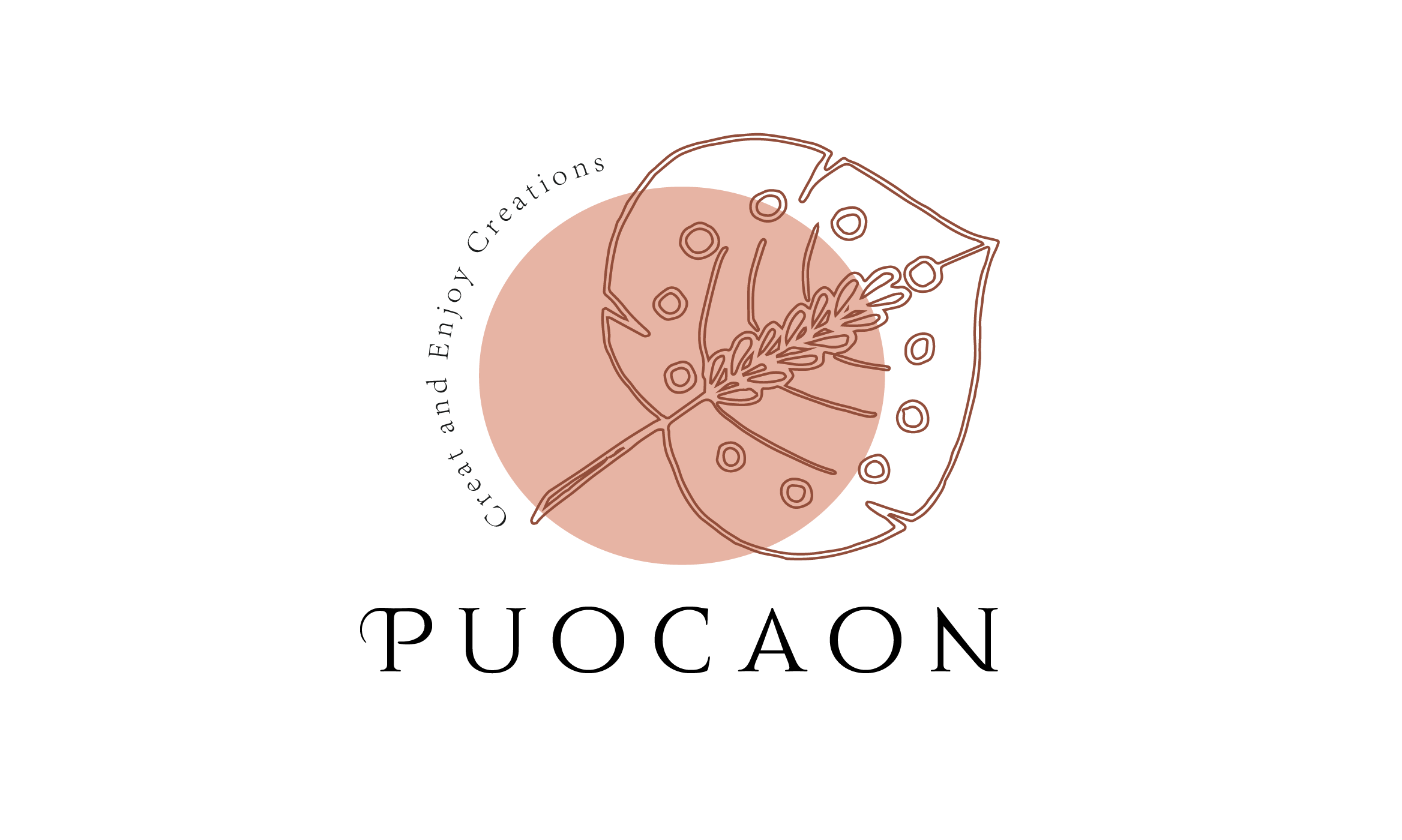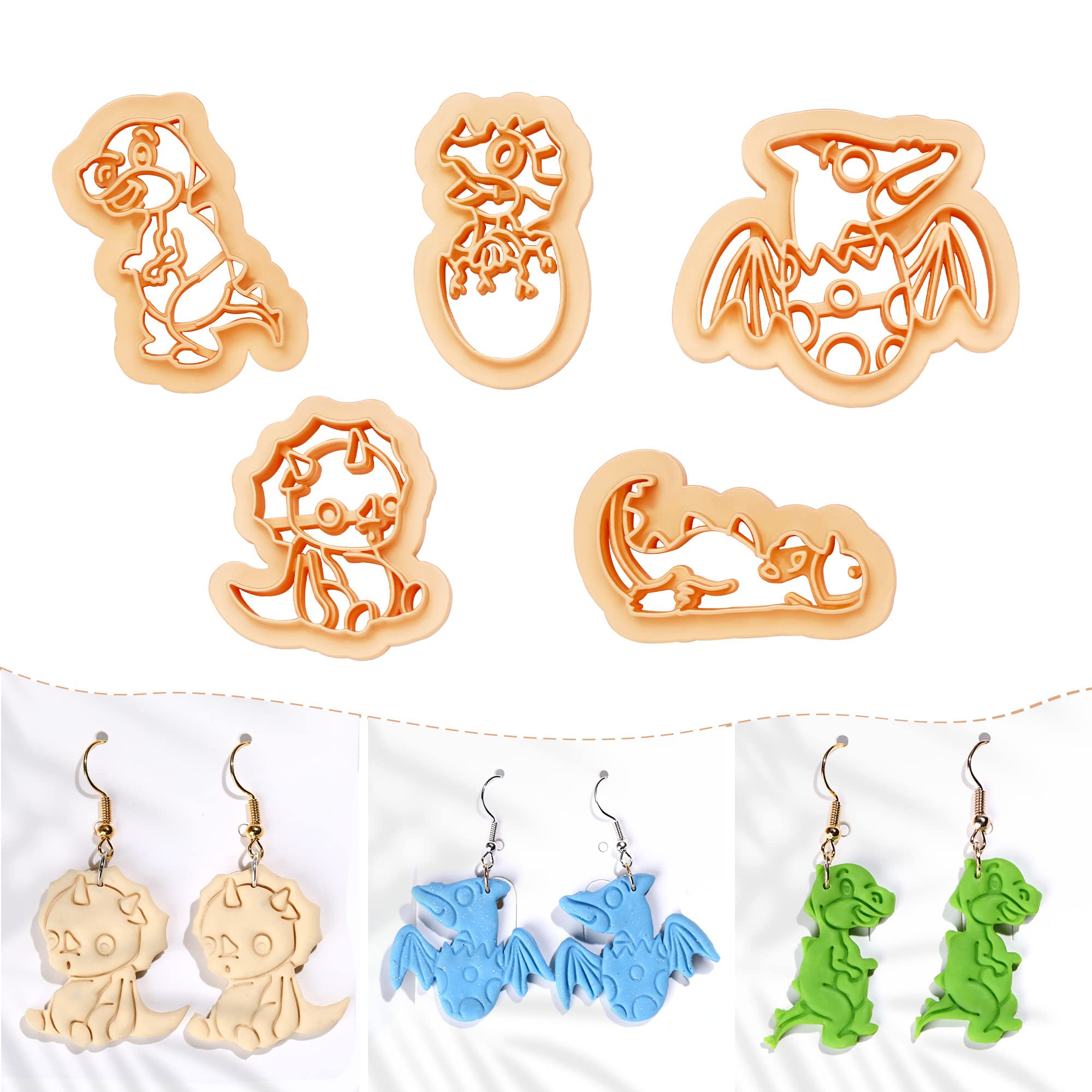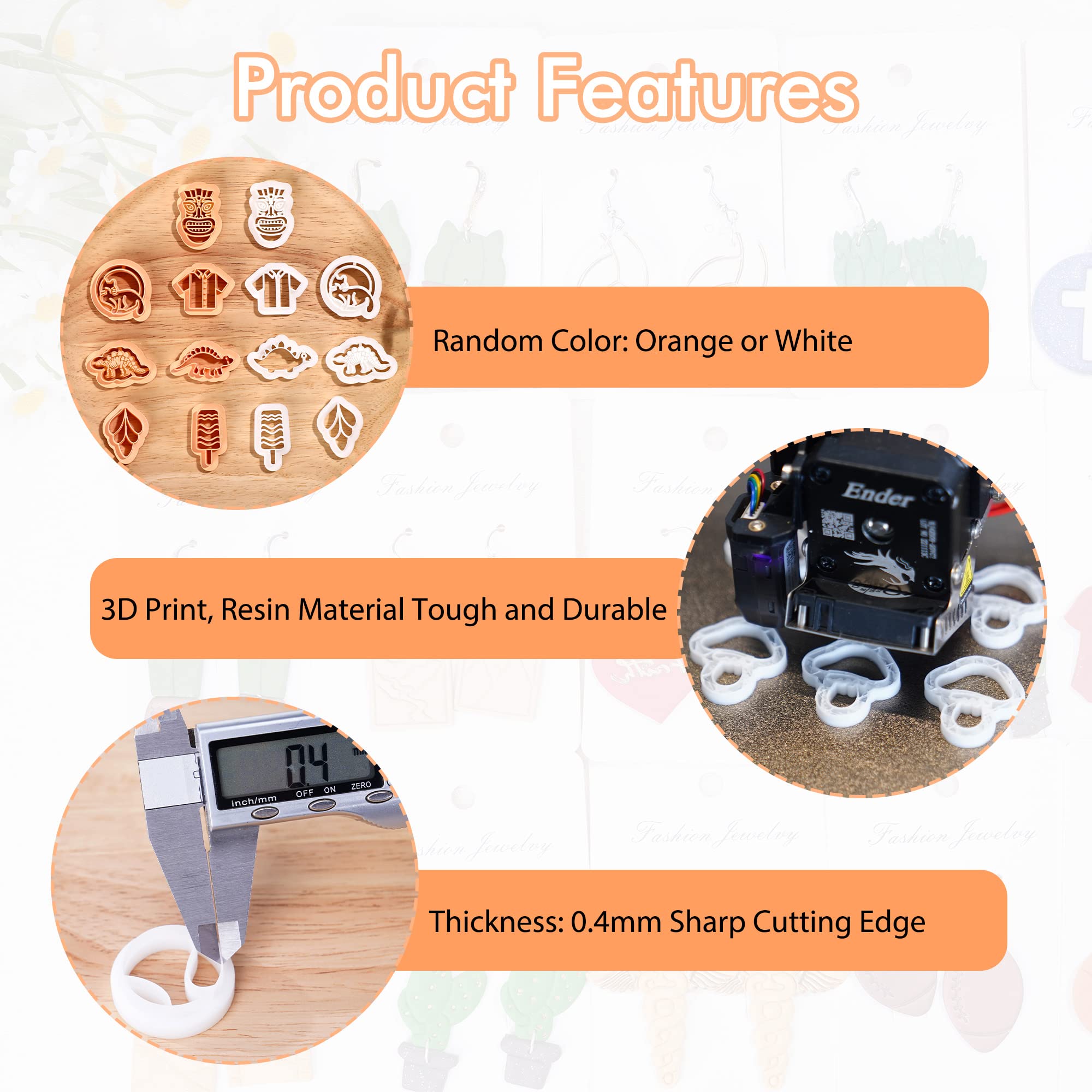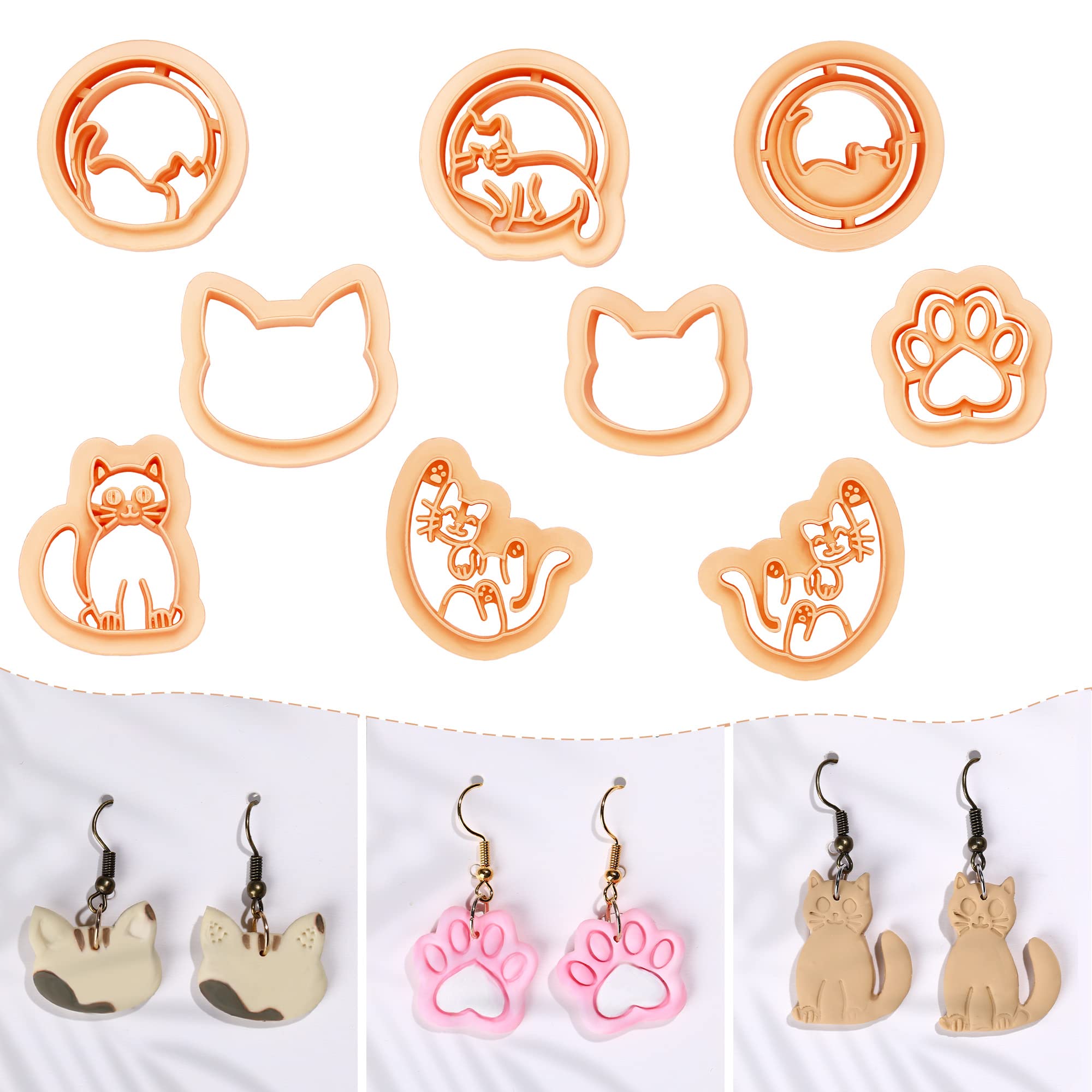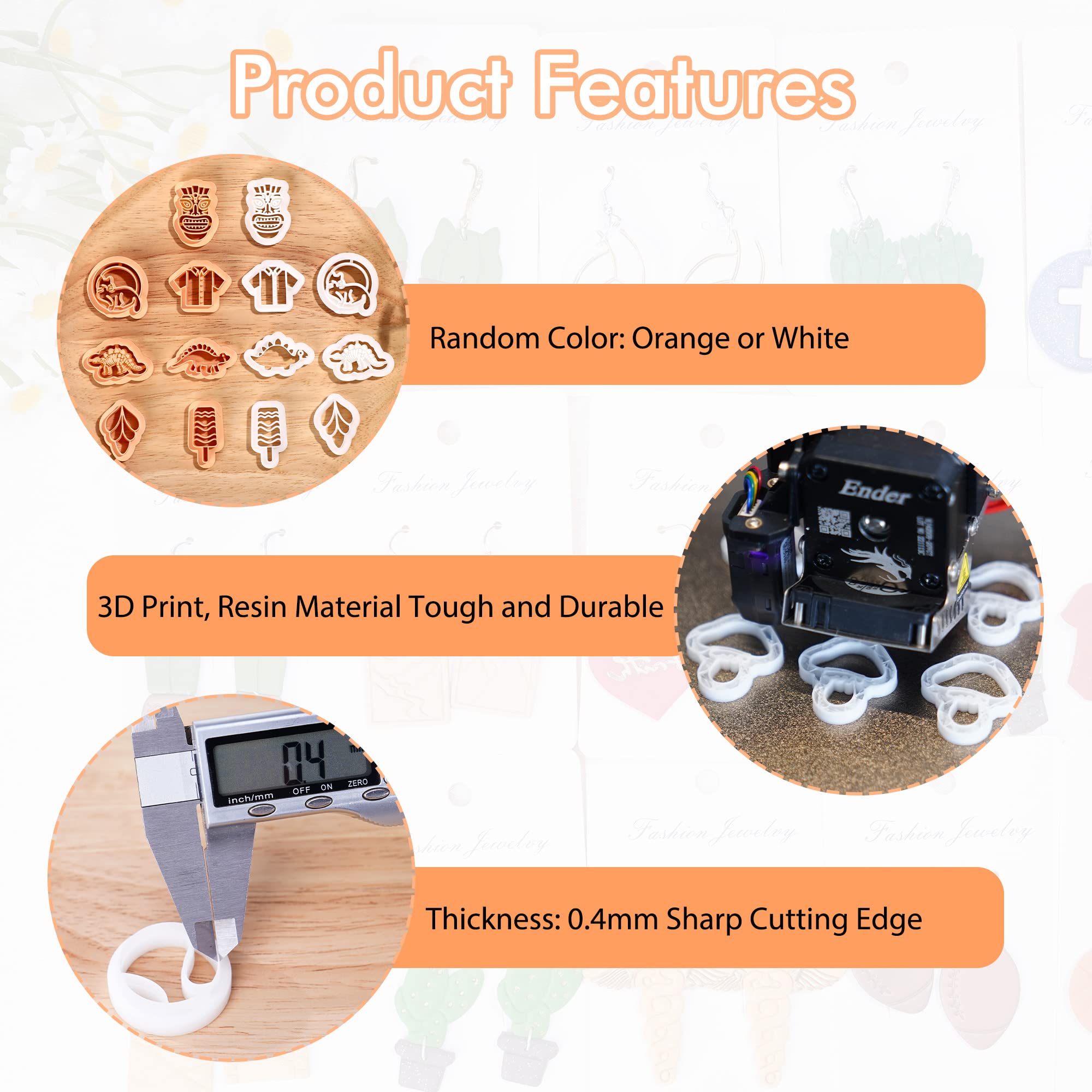
Exploring the Types and Properties of Polymer Clays

Polymer clay has gained immense popularity among artists, crafters, and hobbyists for its versatility and ease of use.
This unique medium allows for endless creativity and exploration. In this blog post, we will delve into the fascinating world of polymer clays, exploring the various types available and uncovering their distinctive properties. Join us on this journey of discovery as we unravel the potential and charm of polymer clays.
Understanding Polymer Clays
Polymer clays are synthetic modeling materials that consist of a PVC (polyvinyl chloride) base combined with plasticizers, pigments, and fillers. These clays undergo a chemical reaction when heated, transforming from a soft, pliable state to a solid, durable form. This property makes them ideal for sculpting, molding, and creating intricate details in various art forms, jewelry making, and decorative crafts.
Types of Polymer Clays
- Polyvinyl Chloride (PVC) Clays
PVC-based polymer clays are the most common and widely available type. Brands such as Fimo, Sculpey, and Kato Polyclay fall into this category. They come in a wide range of colors and consistencies, from soft and pliable to firm and sturdy. PVC clays are generally versatile, easy to work with, and suitable for a variety of applications.
- Liquid Polymer Clays
Liquid polymer clays offer a different form of versatility. These clays come in liquid form and can be used for techniques such as image transfers, coating surfaces, or creating translucent effects. Brands like Kato Liquid Polyclay and Sculpey Liquid Polymer Clay are popular choices for these applications.
- Specialty Polymer Clays
In addition to the standard PVC and liquid clays, there are specialty polymer clays available that cater to specific needs. For example, glow-in-the-dark polymer clays emit a soft glow when charged with light, while metallic or mica-infused clays add a shimmering effect to creations. These specialty clays offer artists the opportunity to experiment and add unique touches to their projects.
Properties and Characteristics
- Workability and Conditioning
Polymer clays require conditioning before use to soften the clay and make it more pliable. Conditioning involves kneading and rolling the clay to distribute the plasticizers evenly throughout the material. The workability of polymer clay varies between brands and types, with some clays being softer and easier to condition, while others are firmer and require more effort.
- Curing and Hardening
Polymer clays achieve their final form through a process called curing, which involves baking the clay at a specific temperature and duration. The curing temperature and time vary depending on the brand and type of clay. It is essential to follow the manufacturer's instructions to ensure proper curing and achieve optimal results.
- Color Stability and Mixing
Polymer clays retain their color stability exceptionally well during curing, allowing artists to create vibrant and long-lasting creations. Additionally, polymer clays can be mixed to create custom colors. Artists can blend different colors together, creating gradients, marbling effects, or unique color combinations to suit their artistic vision.
- Detailing and Finishing
One of the remarkable properties of polymer clay is its ability to hold intricate details. The clay can be sculpted, carved, textured, and manipulated to achieve fine details and textures in the finished piece. After curing, polymer clay can be sanded, buffed, and polished to achieve a smooth and professional-looking finish.
Tips for Working with Polymer Clays
- Tools and Equipment
Various tools and equipment enhance the polymer clay crafting experience. Essential tools include a work surface, rolling pin or pasta machine for conditioning and flattening the clay, cutting blades, sculpting tools, and an oven or dedicated polymer clay toaster oven for curing.
- Storage and Preservation
To maintain the quality and longevity of polymer clays, it is crucial to store them properly. Keeping the clay in airtight containers or resealable bags, away from heat and direct sunlight, helps prevent drying and color fading.
- Safety Considerations
While polymer clays are generally safe to work with, it is essential to follow safety precautions. Avoid prolonged skin contact with uncured clay, ensure adequate ventilation when curing, and handle sharp tools carefully.
Polymer clays open up a world of creative possibilities, allowing artists to sculpt, mold, and create with precision and finesse. With a wide range of types and properties, these clays cater to different artistic needs and styles.
By understanding the unique characteristics of polymer clays and employing proper techniques and tools, artists can unlock their full potential and create stunning works of art. So, grab some polymer clay, let your imagination soar, and embark on an exciting journey of creativity!
